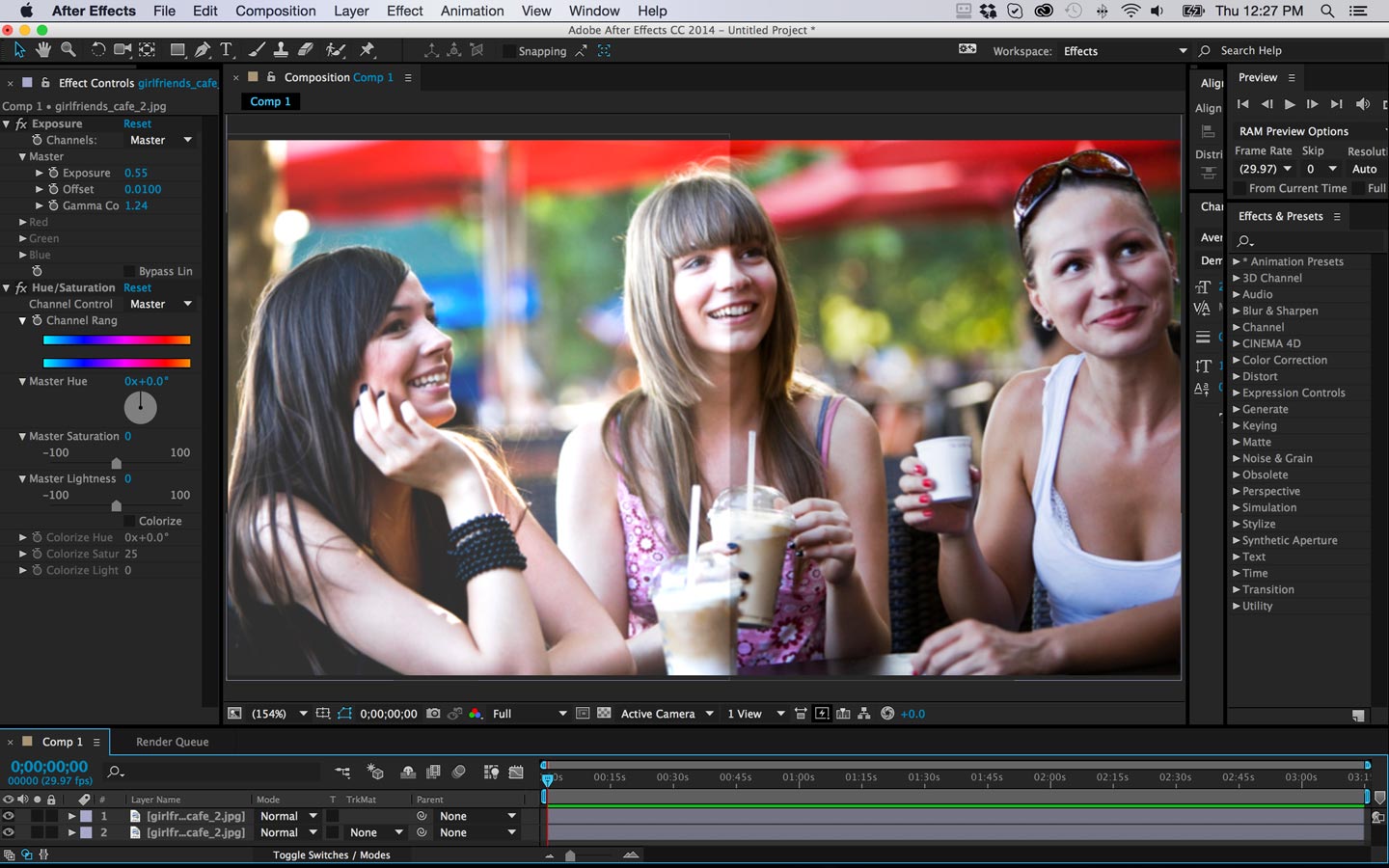
Understanding Color in Video Production
Video production has completely changed over the last couple of decades, shifting from a moving film reel to digital cameras and special effects. Videos have also become more diverse, expanding from feature films to short TV productions, recently becoming digital streaming content and user-generated commentaries. Modern video production techniques are more versatile and exciting than ever and can cater for a wide range of video marketing needs.
No longer are films and videos simply for entertainment: businesses that have invested in online video marketing have discovered how useful video can be in reaching potential customers. If a business is interested in video production they need to learn about the importance of color. Color is used to express emotions, describe objects, and evoke responses from viewers. Color grading and color correction are editing techniques that can enhance the message of a video, and thus make it more effective in grabbing the attention of potential customers.
What is color correction?
Have you ever wondered how a single scene of a film could be shot over the period of a week, yet appear as if it takes place all on the same day? The brightness of the weather and the saturation of the light has always been a problem for filmmakers, and this is where color correction comes in. Color correction is the process of ensuring that the light saturation levels look the same in each relevant frame, which makes the footage appear consistent and more natural to the human eye. The color levels in video footage are almost never perfect, often appearing lighter and darker depending on the time of day and the position of sun. Similarly, many productions use multiple cameras, and this makes color correction necessary to seamlessly blend footage from different devices.
Color correction is achieved using a range of techniques. Primary color correction refers to the process of adjusting colors across the entire image. Video editors adjust the levels of red, blue and green, as well as the intensity of shadows and whites, over the entire image. In this technique adjusting one color, however, can completely alter the entire image. Secondary color correction uses the same principles but can prevent all of the colors in the image from being affected by a change in either the red, blue, or green colors, or the light saturation levels of the image. Nowadays, most video editing software can do color correction automatically.
What is color grading?
Some films give you a sense of dread, the sense that something dark and gloomy is happening. Others give you a feeling of warmth, a feeling of happiness and positivity. Films can be further enhanced beyond color correction to create an entirely new, and possibly more powerful, visual tone for the project: the process of color grading allows videos to take on a life of their own and enhance what emotions the creator would like the viewers to feel. Altering images for a communicative or an aesthetic purpose is the primary role of color grading. Color grading gives filmmakers and editors the freedom to manipulate and create a color ‘tone’ that builds upon the message of the video. For example, online video advertisements that are aiming for a more cinematic feel will be de-saturated and have a high-contrast between darker colors and whites.
For more information about color grading, color correction, and the use of color in general call our professional video production team in Chicago – The Michael Group.